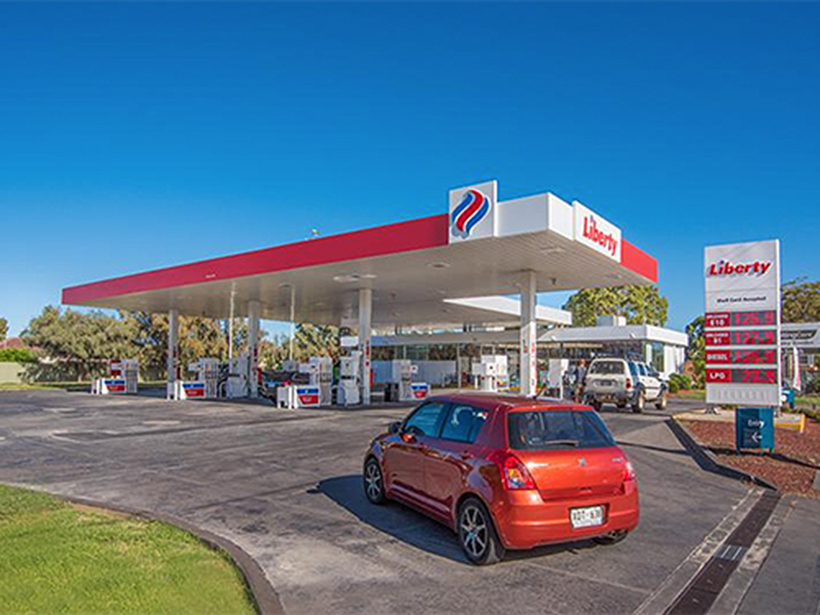Service stations still stars despite move to electric

Service stations are proving to be a star performer for the retail industry, despite predictions hybrid and electric vehicles will slash consumer demand for fossil-fuels in coming years.
A report by M3 Property Strategists showed since January 2017, 55 new service stations had opened or were under construction in southeast Queensland.
The trend was reflected in other high population growth areas across the country as investors saw the appeal in long-lease terms, fixed rental increases and strong covenants.
Commercial Insights: Subscribe to receive the latest news and updates
M3 Property research manager Casey Robinson says as well as private investors, demand has increased from self-managed superannuation funds, offshore buyers and real estate investment trusts (REITs).
Convenience Retail REIT and Viva Energy REIT were the biggest operators in the service station markets, with more than 500 sites combined, worth $2.6 billion.

The United service station at Corio in Victoria. Picture: Peddle Thorp.
Although the movement towards electric vehicle ownership is considered a threat, Robinson says, in Australia, that movement is still in its early days.
“Service stations are increasingly being positioned to offer services such as postal, click-and-collect and laundry, and dining options,” Ms Robinson said.
“Owners are taking these measures to ensure the relevance of service stations over the long term as growth in the uptake of electric vehicles strengthens.”
M3 Property Strategists commercial director Ross Perkins says concern about ongoing consumer demand for fossil-fuel powered vehicles is contributing to reduced lease terms. However, he says, leases generally remain in excess of 10 years.
“During 2017, the average lease term was 12.3 years, down from 13.6 years in 2016,” he says.

The service station 404-408 Shannon Ave, Newtown, sold for more than $1.3 million in early 2018.
As well as long-term leases, service stations have the advantage of high calibre tenants with a low default risk. On the flip side, future road upgrades could impact traffic flows past service station sites, Perkins says.
“In areas experiencing strong population growth, it is reasonable to expect road upgrades will form part of the medium-to long-term plans for the area,” he says. “This potentially presents a risk for service station investments in some locations.”
Competition and oversupply were other issues, particularly in areas with limited projected population growth.
This article originally appeared on www.theaustralian.com.au/property.







